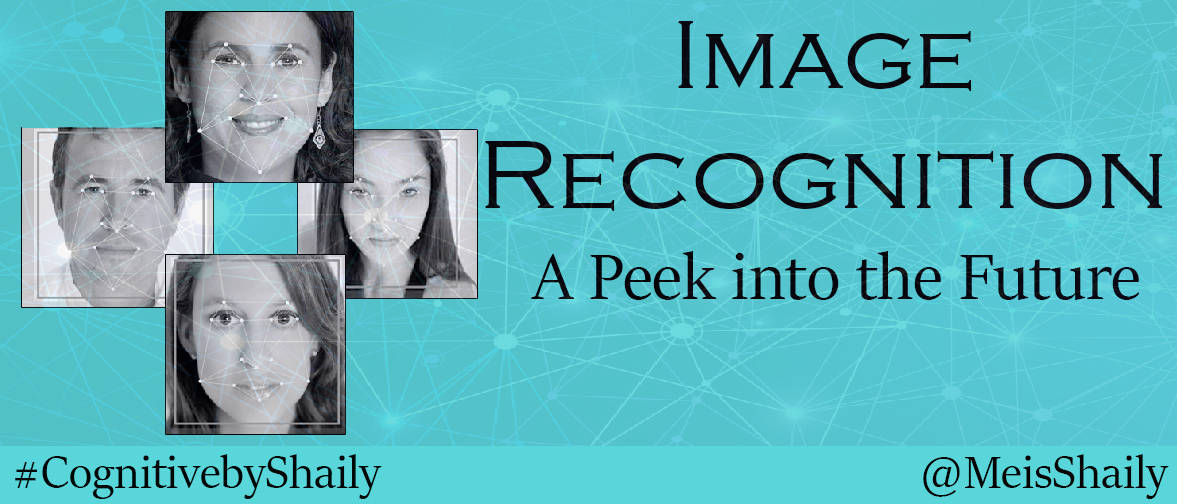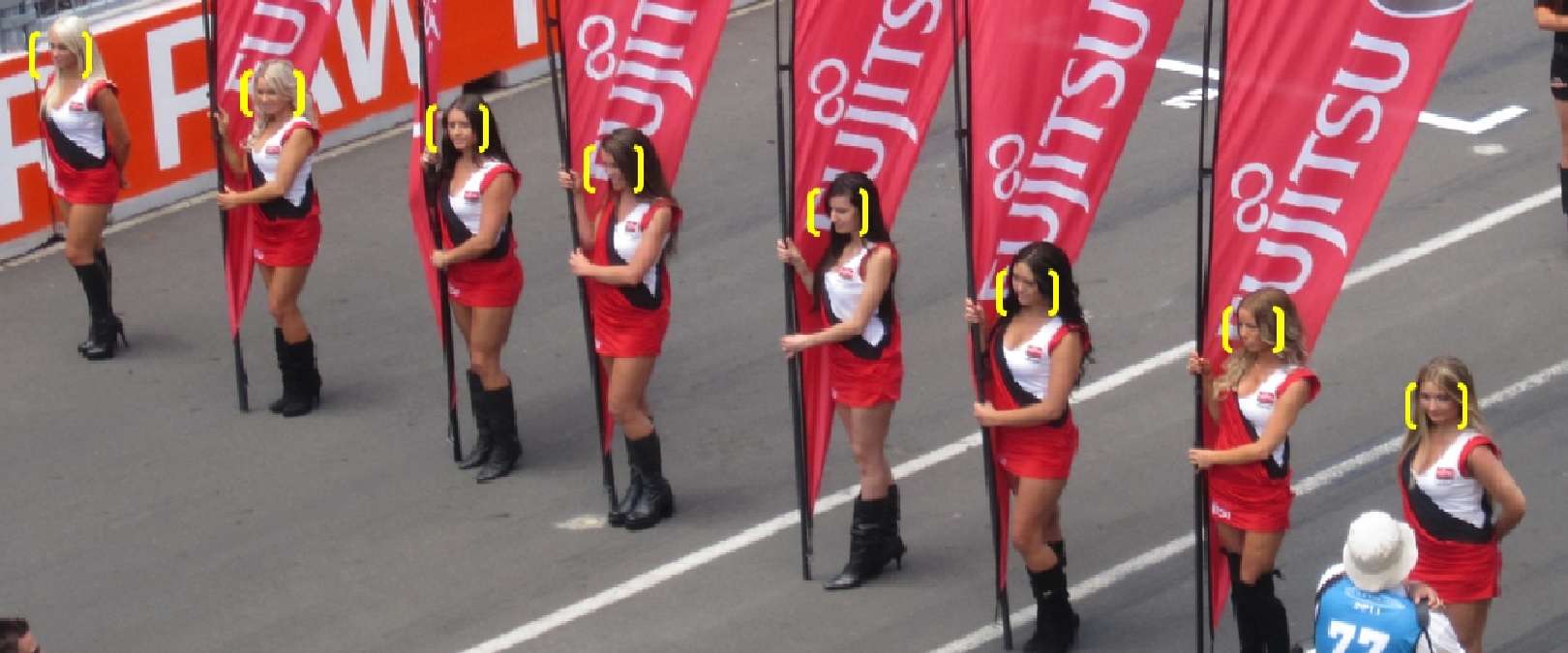
Image Recognition: A Peek into the Future
Our brains are wired in a way that they can differentiate between objects, both living and non-living by simply looking at them. In fact, the recognition of objects and a situation through visualization is the fastest way to gather, as well as to relate information. This becomes a pretty big deal for computers where a vast amount of data has to be stuffed into it, before the computer can perform an operation on its own. Ironically, with each passing day, it is becoming essential for machines to identify objects through facial recognition, so that humans can take the next big step towards a more scientifically advanced social mechanism.
So, what progress have we really made in that respect? At a very recent Annual Developer’s Conference of Facebook, Mark Zuckerberg outlined the artificial intelligence plan that the world famous social networking site is all set to gain. This plan has been chalked out to help machines get better in perceiving things than humans. And what’s the use? This can help blind people understand and perceive a picture just like those with eyes. But, that’s not where its possibility ends.
An Overview of Image Recognition
Image recognition basically refers to object or feature detection and identification of moving pictures or graphics in a video or digital image. The concept has gained great prominence over the decades and have been incorporated in industry applications like toll booth monitoring, security surveillance and factory automation. In this context, let us take a look at a few image recognition algorithms that are the deemed as the most useful in industrial image processing:
- Optical Character Recognition
- Scene Change Recognition
- Pattern and Gradient Matching
- License Plate Recognition
- Facial Recognition
Before we tell you about the various frontiers where image recognition has taken a leap, we should tell you that it goes beyond Facebook simply sorting out contacts and friends for you. It takes birth from the concept of deep learning which has been around for a long time and is the science behind machines being able to replace human involvement in several work spheres.
Technicalities using Deep Learning
In the past few years, we have been able to witness some tremendous progresses happening in the machine learning front. In fact, the model type called deep learning convolutional network has been able to achieve astounding success in tough visual recognition tasks. Machines developed through these neural networks have shown to perform better than humans on some specific domains. Since, then researchers have demonstrated steady progress in computer vision and the various ways they could be used in different industrial and commercial zones.
For a computer to understand and recognize something, neural networks are installed using a simple method of chaining together a lot of simple neurons. This leads to the formation of algorithms which are used to solve various problems related to cognition and also dabble in more complex problem solving. To help you understand how this cognitive process works, let’s get a little into the basics.
If, for example, you want a neural network to understand something like a hand-written text, you need to feed he machine with data that helps it relate to the shape, size and patterns of the alphabets or numbers present within it. That is something we happen to see within an MNIST database, used for the purpose of training various image processing machines. This dataset is termed as Training Dataset. Large number of images of relevant data are put within a very small frame to help the machine recognize learn and memorize patterns for an object. This helps it in recognizing object patterns, wherever it sees. Now, for feeding images within a neural network one has to work with a lot of numbers as neural networks simply understand numbers. For a computer, an image is nothing more than a grid of numbers that represent the darkness or strength of a pixel. To train a machine better to help it understand images, the patterns created using numbers have to be offered in various size, shapes and positions. A machine must be able to tell a car, even if the image presented is upside down or from a difficult angle! This technology reduces human involvement in several sphere and is a big help to academic institutions and multi-national organizations conducting large-scale operations with technicalities.
To be completely frank, not every startup businesses or big universities use open source picture sets to feed their machines with the most updated data. But, big technology companies can actually enjoy the advantage of accessing huge number of user-labeled images and picture from Google and Facebook. If you have ever wondered why Google and Facebook allow you to upload thousands of your party and holiday pictures for free, then we must tell you that they actually feed their learning networks to offer more accurate results to users.
Today researchers have got several successful models in the field to talk about and inspire students to find new prospects of growth in the field. A number of state-of-the-art technologies have also seen daylight with the advent of Inception (GoogLeNet), AlexNet, BN-Inception-v2 and QuocNet.

Facial Recognition
Various Use Cases currently in play
Prevention of Identity Fraud – Today Law enforcement agencies are taking the help of image-recognition software to devise new crime-fighting tools. The most common of such examples being the prevention of driver’s license fraud. This technology has also helped in the arrest of a suspected arsonist in New York. The police also used the image identification software in investigating suspects in the Boston Marathon Bombing incident.
Business applications – On a recent account, Intel has been using the facial recognition software to power their digital signage display. This display interacts with customers with the help of touch screens and thus feature everything from internet sites to video clips to broadcast clips. This technology is also helpful in identifying general characteristics like age, race and gender so that the machine can build a digital customer profile tracking their responses with relation to a product.
Highly beneficial for customers – The facial recognition technology can be used for collecting information which can benefit customers in a huge way. The idea to use such a software within digital kiosks or smartphone applications to capture consumer information with the least effort. Though, consumers are yet not very comfortable with the idea of a service that takes a biometric scan of their face, the idea holds great potential in the future.
Searching for lost children – You must be having an idea about the number of children that go missing in all countries of the world, each day. Human trafficking and use of children in labor and flesh trade is very common and often the police have a hard time tracking down these criminals. Thankfully, with the help of several facial recognition software now available online, one can help distressed parents gets their little ones back. So, how do these apps work? If you find little children begging on the streets, you can take their pictures on your phone and upload them to the app’s server. The app uses facial recognition algorithm to match the photographs with the ones they are fed with. Positive matches are shared with NGOs or parents who then retrieve the children.
Home security – Over the last few years the home security industry has revved up with the invention of the facial recognition technology. Obviously, no one would like the security of their establishment compromised by intruders while they are asleep and that is exactly why the image detection technology is installed in several homes in America. This powerful technology alerts inhabitants about intruders in the periphery of the house, whose facial features do not match their daily database. Infact, person of interest can be identified, detected and alerted to the security service in case they show up near some celebrities’ homes. Lots of celebrities use this technology to identify paparazzi within the vicinity of their homes.
Price comparison – You are in a store to buy products but you are not sure if you are getting it elsewhere at a cheaper rate. Apps like GoogleShopper and RedLaser owned by eBay enables you to snap and upload the picture of the product to their server which will do the task of letting you know if you are getting the same at a cheaper price at other competing stores or online.
Gaming – For youngsters and gaming fanatics, face and image recognition technology has opened up a whole new world of role playing that pulls one into the rich experience the doesn’t cease to amaze. The Xbox 360 that has been ruling every child’s gaming fantasies is now powered with Microsoft’s Kinect’s advanced motion sensing capabilities. The advantage? Zero involvement of hardware controllers. We also have news of Viewdle which has recently launched a game that uses facial recognition technology to find out whether the player is human or a vampire! The future heralds many such possibilities.
There are many more applications of image recognition which are coming to light and are very helpful in providing a great customer / user experience.